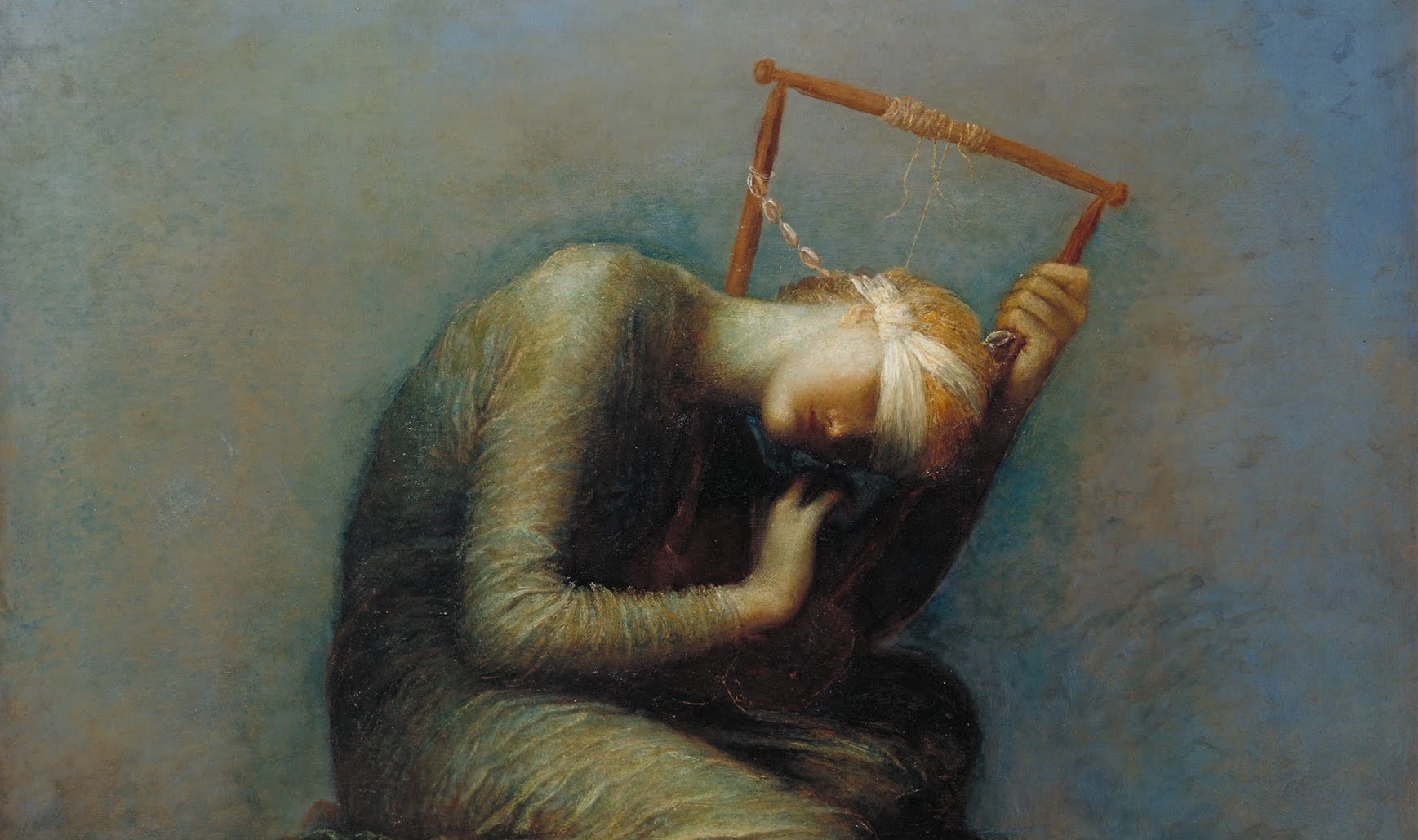
An excerpt from Archbishop Sartain’s A Lenten Pilgrimage that hits all the right notes:
Every Lent in the monasteries of the Orthodox Church, a seventh-century work by St. John Climacus, The Ladder of Divine Ascent, is read aloud to the monks. With the exception of the Bible, there is no book in Orthodox Christianity that has been studies, copied, and translated more than The Ladder.
John Climacus presents holiness as a ladder of thirty steps. Each rung of the ladder reflects a lesson, virtue, or grace encountering as one follows in the footsteps of Christ. I was introduced to the Ladder many years ago, and one passage in Step 5,” On Penitence,” has always stayed with me: Repentance is the renewal of baptism and a contract with God for a fresh start in life . . . [It] is the daughter of hope and the refusal to despair.”
We Christians dare to look at our sinfulness only in the light of God. Repentance involves looking at myself through his eyes, with the goal of giving myself totally to him, step by step. It is a way of marveling at the greatness of God, which I can discover by admitting my smallness; it is a way of discovering God‘s infinite love for me, a sinner; it is the path to love-in-practice, as I learn to be as merciful to others as he is to me. In other words, repentance is not about self-improvement. It is about growth in God.
I can’t help thinking of the following scene from The Meaning of Life. But maybe there’s something serious to it after all?












